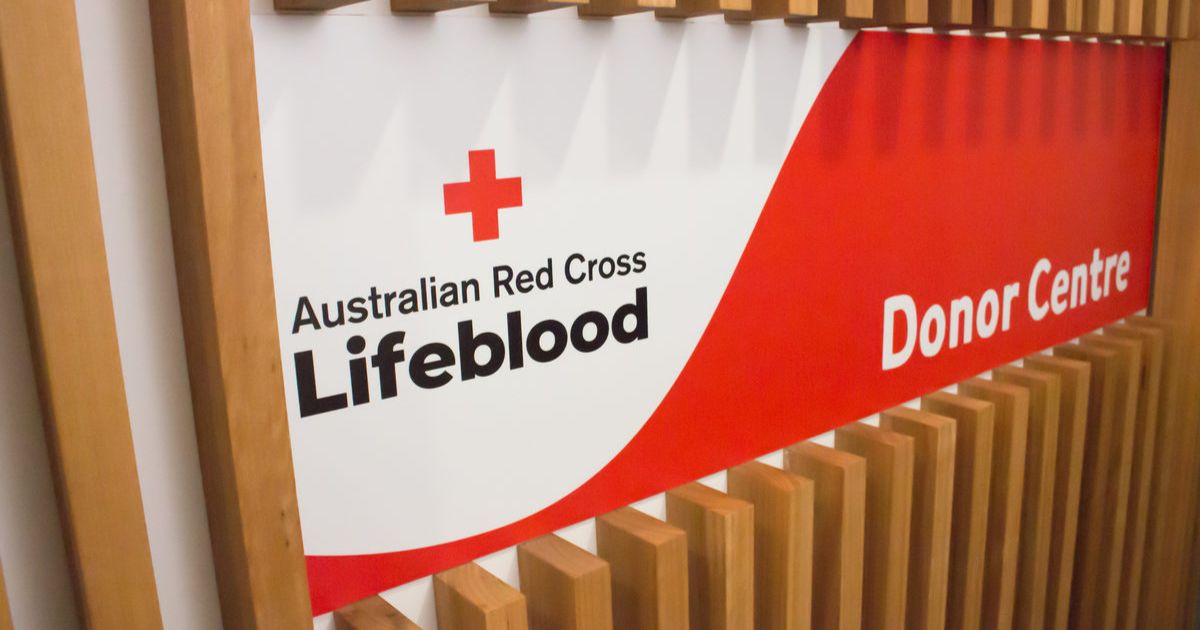Third parties in the health system
Over the last four weeks ROLAND ROCCHICCIOLI has looked at different aspects of our health care. So far he’s discussed chronic disease, our hospitals and who’s paying for it all.
From the patient’s perspective, it is a question of proving the disability.
PATIENT C, an Italian immigrant, presented at the insurance company’s doctor.
An underground machine miner, he was diagnosed with tuberculosis and silicosis – or dust on the lungs – aged 53.
Following a double partial lung resection rendered his breathing shallow and laboured. He moved at a moderately slow pace, and struggled to perform tasks requiring minimal energy exertion.
The insurance company’s examining GP advised Patient C was, in his opinion, capable of carrying-out light labouring duties, and entitled only to a lesser payment.
Patient C’s GP successfully appealed the decision, and, eventually, compensation was paid. He died aged 63.
Progressively, third party health and medical insurance has undergone an attitudinal shift in business practice.
Today, the majority of the insured population is covered by for-profit organisations with a responsibility to shareholders, not patients.
Paradoxically, the application of workers’ rights, coupled with health and safety regulations, access to the courts, and a readiness by lawyers to prosecute cases, has created a sometimes-combative ethos: a them-vs-us mentality.
It is not unknown for insurers to intentionally procrastinate when death is imminent, eventually nullifying the patient’s claim.
The profit-driven ethos of third party insurers has intensified to such a degree it has diminished the ability of service providers – including GPs – to deliver independent management care plans.
They interfere and influence the quality of the patient care, and the employer responsibility at law, at an unacceptable level,
Alarmingly, government legislation abolished the unwritten patient/doctor code of sanctity and reduced the capacity of GPs to protect patients from litigious insurers and aggressive lawyers.
Consequently, general practice is no longer a safe haven for solving complex personal problems, including rape and sexual abuse.
Out of apprehension, patient records may be incomplete.
According to Australian Medical Association, if health insurers effect the US-style managed-care -with 70 percent of current health rebates paid to hospitals the possibility is being mooted, patients should expect to see a reduction in the length of hospitalisation, prosthesis, and doctor choices, and increased personal costs.
AMA president, Dr Omar Khorshid, said, “This shift to ‘for profit’ private health insurance funds mean the focus is changing from care to profit. The losers will be patients and our health system.”
The genesis of the current dilemma is complicated but might be, in part, traced to the Edelstein concept of general practice, although evidence would suggest larger corporate practices are shrinking.
The state and Federal government objectives are confusing.
For the average GP grappling with the system, the reality is diametrically opposed to the government’s health website, which promotes our system as one of the best in the world, providing quality, safe, and affordable health care for everyone. Hospital and referral waiting lists would suggest otherwise.
Indigenous population morbidity notwithstanding, the system claims to be a key factor in the nation’s longevity expectations.
The government’s intentional downgrading of general practice; the illogical, cavalier withdrawal of GPs’ skills recognition, coupled with the removal of historical GP/government endorsed programs, has created a more fractured health care system.
That’s led to the erosion of general practice being, traditionally, the gatekeeper of health system costs.
Anecdotally, the current system is highly complex, frustrating, and time consuming for GPs and health clinicians.
Medicare dissatisfaction is rampant.
On the same morning the ophthalmologist removes cataracts, a GP sees four crying babies and must pick the sick one; sees an overwhelmed young mum and a monosyllabic teenager, two odd rashes, sutures a cut, treats various skin cancers, and spends the ‘lunch break’ seeing a palliative care patient at home, or reading results which need to be actioned.
Progressively, the labyrinthian system is further exacerbating an already stressful situation for both GPs and patients.
Health experts suggest one in three Australians is suffering from chronic mental health, attributable to COVID-19.
A recent British Royal College of Psychiatrists report indicates a troublingly high rate of exhaustion and psychiatric morbidity among UK doctors, with the potential for suboptimal patient care, and major medical errors.
It would not be a quantum leap to include, by extrapolation, Australian practitioners and medical support staff.
Annually, with minimal general practice involvement, new government policy or direction is implemented, affecting operational budgets, long-term financial decisions, and ultimately, patients.
Unless successive governments implement radical change, general practices will, inevitably, charge patients higher fees to avoid insolvency.
Ideally, from the patient’s perspective, a freeing of GPs from the crippling yoke of a cumbersome, inflexible government-controlled billing system would eradicate the current pinball approach, and allow for the return of longer and more comprehensive consultations exclusively focused on patient care.
Ironically, this freedom, allowing for fewer but better decisions regarding patients’ care, has the ability to reduce overall health spending.
From a patients’ perspective, that is the best outcome.



















